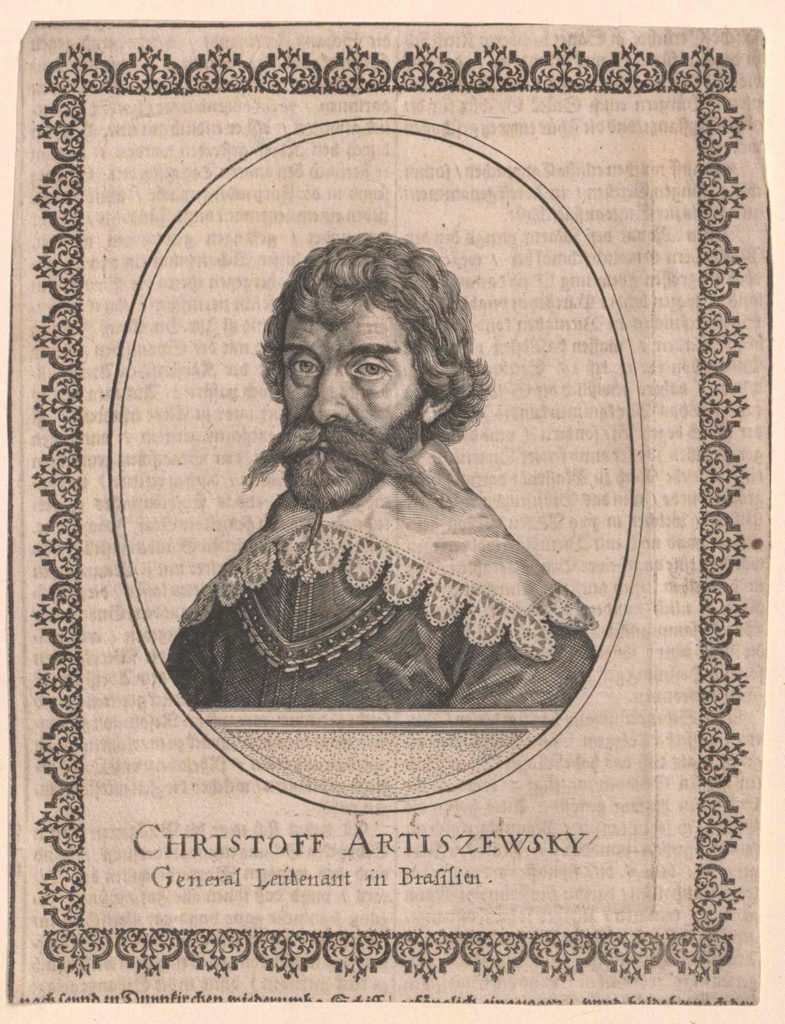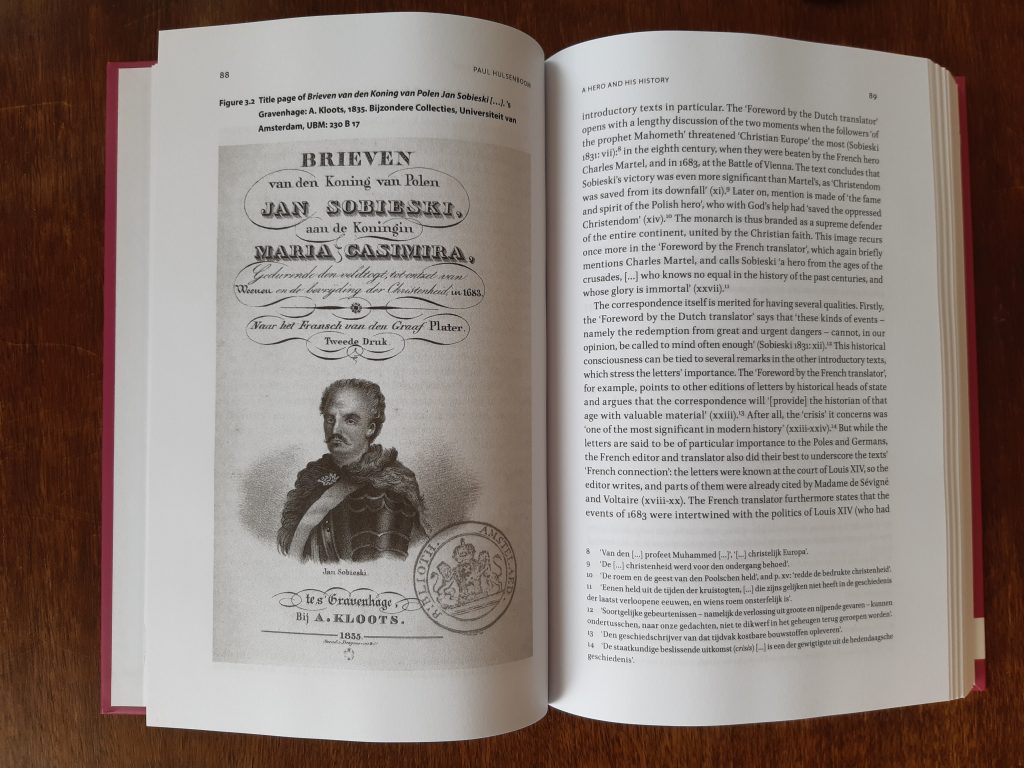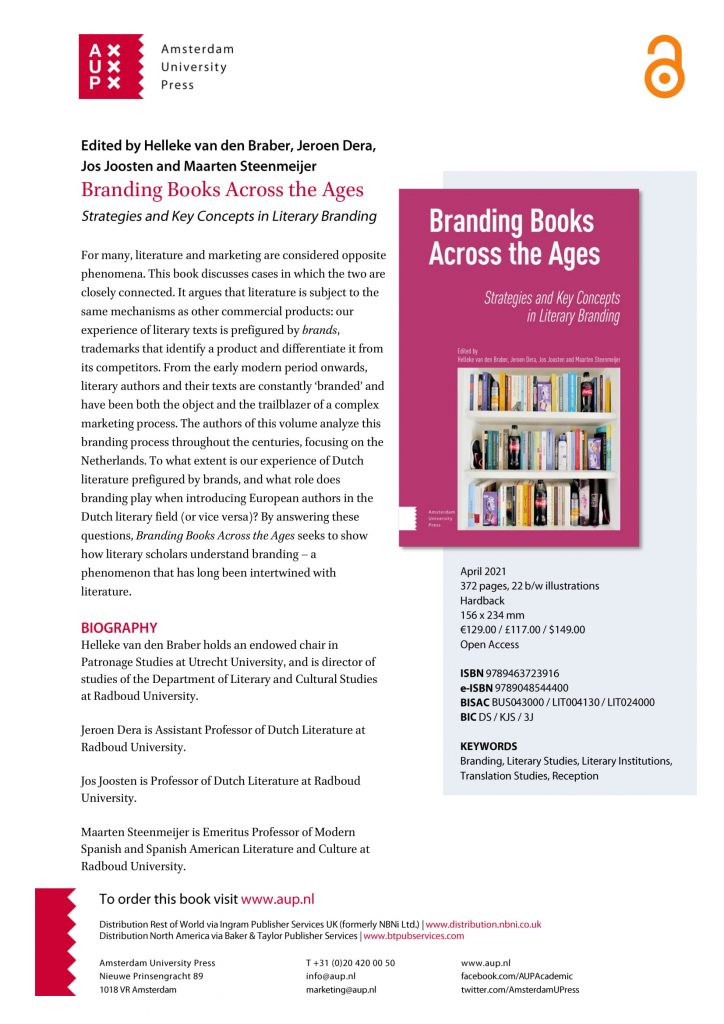 Numerous Poles live and work in the Netherlands today, and they have been doing so for hundreds of years. One of the most colourful and famous examples is the Protestant nobleman Krzysztof Arciszewski (1592-1656), an officer, engineer and author, who through became something of a celebrity in both the seventeenth-century Netherlands and Poland. Arciszewski first arrived in Holland in 1624, at the time of the Eight Years’ War, and until 1629 actively participated in a number of battles in both the Low Countries and France, always fighting on the Protestant side. For example, he partook in the Dutch attempts to end the Spanish siege of Breda in 1624-1625, and he fought in the siege of ’s-Hertogenbosch in 1629. Moreover, he studied military engineering and artillery at Leiden University. In 1629, Arciszewski was offered a three-year contract with the Dutch West-India Company and in the rank of captain left for Brazil. He celebrated multiple victories against the Portuguese, and was eventually promoted colonel. After the arrival, in 1637, of the new governor-general, Count John Maurice of Nassau-Siegen (1604-1679), Arciszewski continued to play a key role in the Brazilian campaign, but disagreements between the two men led to Arciszewski’s return to Holland in 1639. He broke with the Dutch military, but stayed in the United Provinces until 1646, at which time he was summoned back to Poland and nominated royal general of artillery. Arciszewski next participated in a number of battles against the Turks and Cossacks, before retiring in 1649. He died in 1656.
Numerous Poles live and work in the Netherlands today, and they have been doing so for hundreds of years. One of the most colourful and famous examples is the Protestant nobleman Krzysztof Arciszewski (1592-1656), an officer, engineer and author, who through became something of a celebrity in both the seventeenth-century Netherlands and Poland. Arciszewski first arrived in Holland in 1624, at the time of the Eight Years’ War, and until 1629 actively participated in a number of battles in both the Low Countries and France, always fighting on the Protestant side. For example, he partook in the Dutch attempts to end the Spanish siege of Breda in 1624-1625, and he fought in the siege of ’s-Hertogenbosch in 1629. Moreover, he studied military engineering and artillery at Leiden University. In 1629, Arciszewski was offered a three-year contract with the Dutch West-India Company and in the rank of captain left for Brazil. He celebrated multiple victories against the Portuguese, and was eventually promoted colonel. After the arrival, in 1637, of the new governor-general, Count John Maurice of Nassau-Siegen (1604-1679), Arciszewski continued to play a key role in the Brazilian campaign, but disagreements between the two men led to Arciszewski’s return to Holland in 1639. He broke with the Dutch military, but stayed in the United Provinces until 1646, at which time he was summoned back to Poland and nominated royal general of artillery. Arciszewski next participated in a number of battles against the Turks and Cossacks, before retiring in 1649. He died in 1656.
Arciszewski had a keen interest in cartography and ethnography. He made maps of Brazil and wrote descriptions of indigenous Brazilian populations, which were used and published by Dutch scholars. In addition, he wrote poetry, and the Dutch West-India Company awarded him a golden necklace and medal for his services. Writing about Brazil in 1642, a Dutch jurist stated that “most commanders are not best pleased with the rule of Count Maurice. It is Arciszewski whom they esteem.”
*I originally wrote this post for the social media outlets of the Dutch Embassy in Poland. This was post no. 17.

